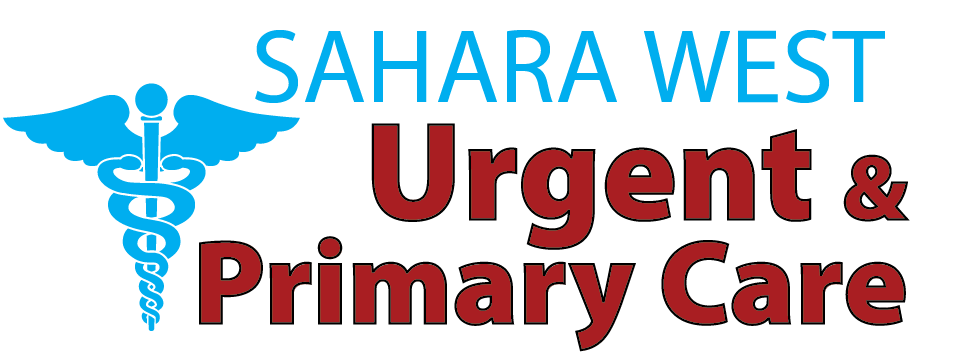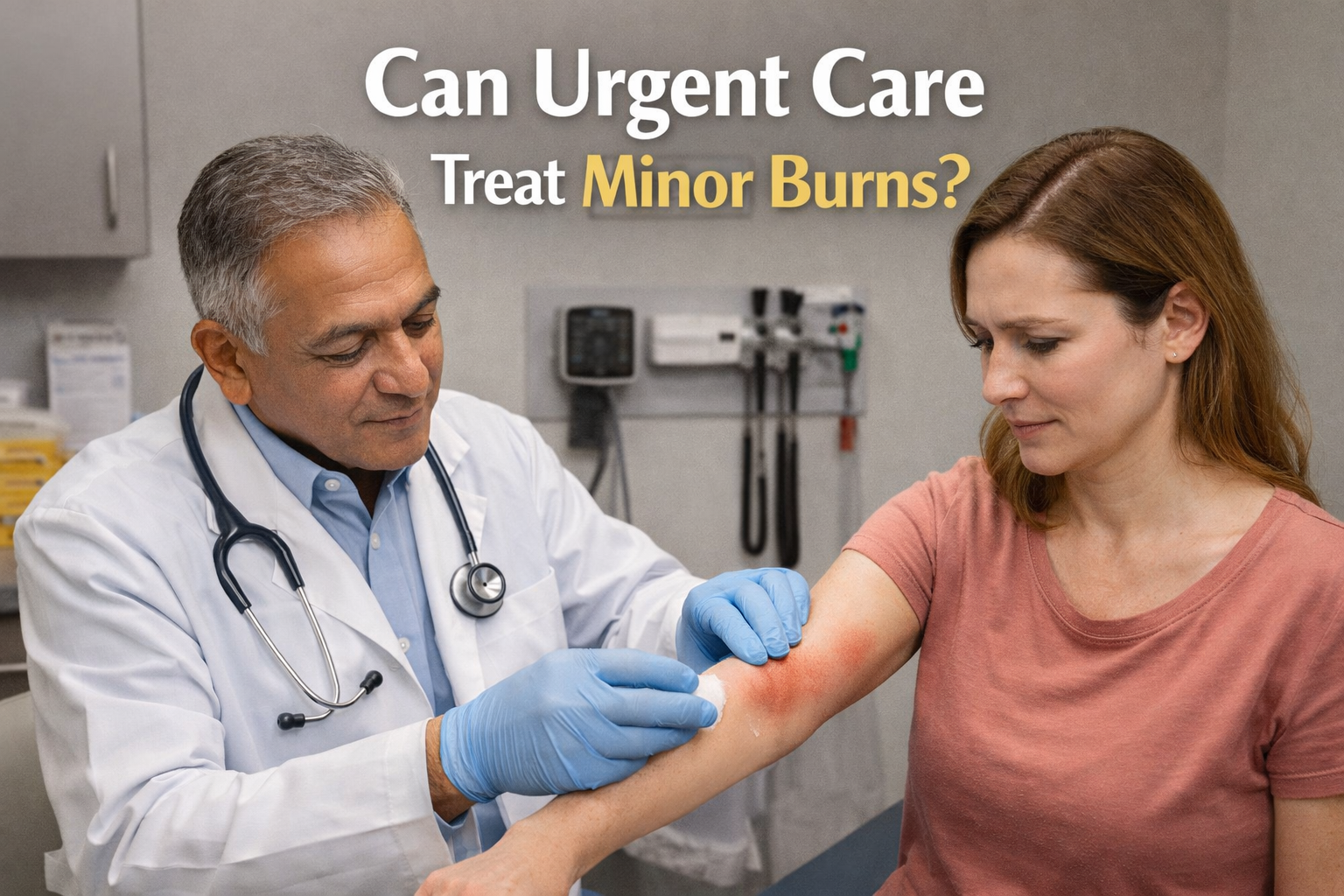The most common injury in a car accident is whiplash. It occurs when the head and neck are rapidly thrust backward and forward, as during a rear-end auto accident. It may be a small thing, but whiplash can cause off-and-on pain and stiffness and problems with mobility that last as long after the big accident. In fact, it is the most widely reported injury following car accidents in America.
Why Whiplash Is So Common
A car crash creates an immediate force that the human body doesn’t know what to do with. The seatbelt secures the body, however, the head and neck remain unrestrained. Rapid push-pull motion of the head during a rear end motor vehicle collision. This can injure the muscles, ligaments and tendons in your neck.
Rear-end crashes account for a higher percent of all accidents and unfair to the victim though, because whiplash is such a common injury,art of motor vehicle injuries. Even at low speeds, this can result in harm to the soft-tissues in the neck. It’s the reason that in emergency rooms and doctor offices, patients with whiplash are all but thrown into doctors.
Signs and Symptoms of Whiplash
Whiplash doesn’t always appear immediately. Many times, people walk away from a crash believing themselves to be unhurt before feeling the pain hours later. Early detection may be the best way to Forestall complications. Common signs include:
- Neck pain or stiffness
- Headaches originating from the base of the brain.
- Shoulder or upper back pain
- Pins-and-needles, numbness in your arm
- Dizziness or fatigue
- Reduced range of motion in the neck
If you feel symptoms after a crash, seek medical care immediately. Dr. Davis: The sooner we diagnose and treat, the faster you can recover from an illness or prevent something bad in the long run.
Other Common Car Accident Injuries
The most common is whiplash, but it’s not the only injury that drivers and passengers can suffer. Car wrecks produce a ton of force, and the human body is fragile in a whole lot of places. Here are several other such injuries that can occur after a crash:
Head Injuries and Concussions
Skull may strike steering wheel, dash or window. Even if the head has not connected directly with the skull, brain may whip back and forth inside the skull at such force that the brain is concussed. Symptoms include confusion, headache, nausea and inability to concentrate. Concussions are no joke and what needs to be done is take action right away.
Broken Bones
In a crash, the arms, wrists, ribs and legs are especially susceptible to injury. Bracing against the impact or the air bags can cause lacerations. Some breaks are simple ones that improve with a cast, while others may need surgery. The return to normal is variable but can take weeks and even months.
Back and Spinal Injuries
The impact of a crash is spread out and absorbed by the spine. The result could be a herniated disc, a fracture or spinal-cord injury. The injuries can cause chronic pain, reduced mobility or paralysis. Such recovery may require physical therapy and other forms of rehabilitation.
Skin and Connective Tissue Injuries
Flying seatbelts, deployed air bags or broken glass can cause scrapes, bruises, or deep gashes. Many of those injuries are relatively minor, but others can require stitches or leave permanent scars. Standard, seatbelt bruising stuff — except it can also be a symptom of internal injuries.
Internal Injuries
And sometimes the most deadly wounds are not apparent. Blunt trauma can cause internal bleeding or injury to other organs. The injuries may be slow to emerge, but are often life-threatening if not treated in time. Emergency evaluation is crucial.
Why Immediate Medical Care Matters
Seeking medical treatment immediately after a vehicle accident should be your top priority. And even if you feel O.K., some injuries don’t present road rash until hours or days later. Whiplash and concussions, for example, often involve symptoms that appear after an event. Doctors can help catch injuries early through imaging tests and physical exams.
Receiving care quickly also facilitates insurance and legal claims. Your injuries came from the accident and your medical records reflect that. Without prompt attention, your health and your case may both be at risk.
Recovery and Treatment Options
For whiplash and other injuries from a car accident, treatment can be different depending on the level of what you are experiencing. Common methods include:
- Rest Ice and Compression – to decrease swelling and pain
- Analgesics Short-term use for pain relief
- Physiotherapy – assist in rebuilding strength and movement
- Chiropractor – for some straightening and pain management!
- Surgery – in EXTREMELY rare cases of severe spinal or bone involvement
Most people with whiplash recover within a few weeks with appropriate treatment. But delaying those leg symptoms can lead to chronic pain and long-term problems with mobility.
Final Thoughts
So then what is the most common injury in a car accident In Las Vegas? The answer remains whiplash, particularly in rear-end collisions. Not only are other types of injuries from spinal issues to broken bones and concussions popular in these instances, but whiplash is the most common.
You never know when a car crash might happen, but be prepared and watch for these things so that your reaction to the situation is quick. If you should ever have a crash, Don’t Play through even lightly feeling discomfort. Get to a hospital asap, so that you’re not only saving yourself but your future. To schedule your appointment with the highest standard of care, visit Sahara West Urgent Care on our website, where you can also explore more informative blogs





